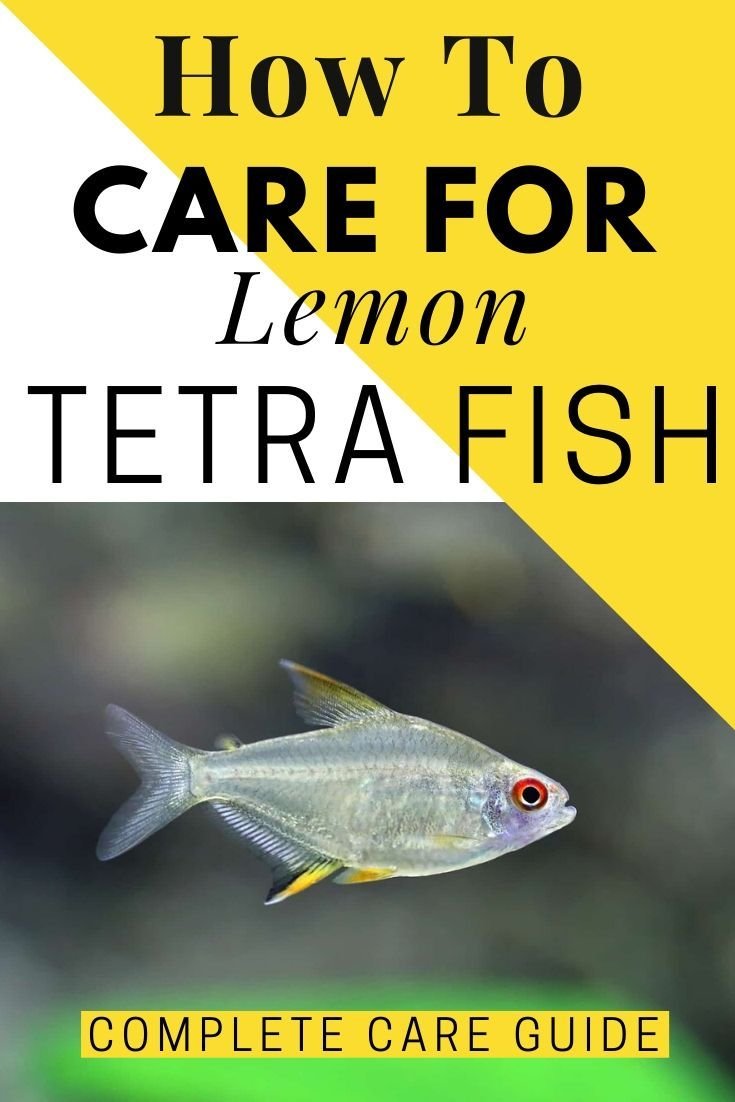
But, just like any pet, tetras need the right care to thrive. Think of it like caring for a small garden; you can’t just drop some seeds in the dirt and hope for the best. You’ve got to understand their needs, from tank mates to water conditions. Don’t worry! Caring for tetras isn’t complicated, and I’m here to guide you through it step by step.
Choosing the Right Tank Setup
Starting with the right tank is crucial for your tetras’ happiness. A good rule of thumb is to have at least a 10-gallon tank. This gives your fish enough space to swim around and reduces stress. Tetras are schooling fish, which means they like to be in groups of six or more. So, factor in that extra space for a small school!
When setting up your tank, opt for a soft substrate like sand or fine gravel. Tetras often forage at the bottom, and a gentle substrate keeps their delicate fins safe. Additionally, consider adding plants and decorations. They not only provide hiding spots (which can help reduce stress) but also make your tank visually appealing. Live plants are ideal, as they can aid in water quality, but if you prefer low-maintenance options, silk plants work well too.
Understanding Tetra Species
There are many types of tetras, each with its unique characteristics. For example, the Neon Tetra is famous for its electric blue body and red stripe, while the Cardinal Tetra boasts a vibrant red hue. Choosing the right species affects not just their appearance but also their behavior and care needs.
Here’s a quick rundown of a few popular species:
- Neon Tetra: Small and easy to care for, these fish thrive in groups and prefer slightly acidic water.
- Cardinal Tetra: Similar in appearance to Neons but slightly larger, they enjoy a well-planted tank.
- Glowlight Tetra: With a soft, glowing orange hue, they’re very social and prefer to be in schools.
Understanding the specific needs of your tetra species will make a huge difference in their health and happiness. Each species has its requirements regarding water temperature, pH levels, and compatibility with other fish.
Water Conditions and Quality
Now, let’s talk about one of the most important aspects of caring for tetras: water quality. Tetras are sensitive to changes in their environment, so maintaining consistent water conditions is key. Aim for a temperature between 70°F to 80°F and a pH level between 6.0 and 7.5. A reliable aquarium thermometer and pH test kits will help keep things on track.
Regular water changes are a must. Aim for 10-20% of the tank water to be changed weekly. This helps remove toxins and keeps the tank fresh. Consider using a water conditioner to treat tap water before adding it to the tank; this removes chlorine and other harmful chemicals.
You might be wondering about filtration. A good filter is essential, as it helps keep the water clean. Look for one that’s rated for your tank size and offers a gentle flow—too strong of a current can stress out your tetras.
Feeding Your Tetras
Feeding tetras is straightforward, but there are a few tips to keep in mind. Tetras are omnivores, so they enjoy a varied diet. A mix of high-quality flakes, pellets, and frozen or live foods like brine shrimp or daphnia will keep them healthy and happy.
Here’s how to ensure you’re feeding them correctly:
- Feed small amounts: Offer only what they can eat in a few minutes. Overfeeding can lead to water quality issues.
- Variety is key: Rotate their diet to provide different nutrients. This keeps them not just healthy but also interested during mealtime!
- Observe their eating: Make sure all fish are getting enough to eat. Sometimes shyer tetras may need a little extra attention during feeding time.
Feeding routines help establish a sense of security for your tetras, so try to feed them at the same time each day.
Tank Mates for Tetras
Choosing the right tank mates can lead to a peaceful aquarium environment. Since tetras are generally friendly, they pair well with many species. However, it’s important to avoid aggressive fish that might see tetras as a snack.
Great companions include:
- Guppies: Colorful and lively, guppies can coexist well with tetras.
- Rasboras: These schooling fish elevate the social atmosphere in your tank.
- Corydoras Catfish: Bottom-dwellers that help keep the substrate clean and stay out of the tetras’ way.
When introducing new fish, make sure to quarantine them first to prevent any diseases. Monitor interactions carefully to ensure everyone gets along.
Common Health Issues
Like all pets, tetras can face health challenges. Some common problems include ich (white spot disease), fin rot, and stress.
Ich is often caused by sudden changes in temperature or water quality. You’ll notice white spots appearing on their bodies. Treatment typically involves raising the water temperature and adding medication specifically for ich.
Fin rot, on the other hand, might be due to poor water conditions or injuries. Ensure the tank is clean, and consider treating with antibiotics if necessary. Stress can show up in various ways, such as hiding or loss of appetite. Ensuring stable water conditions and adequate tank mates can help minimize this issue.
As a good practice, always observe your fish regularly. Catching problems early can make a big difference in their recovery.
Caring for tetras in a freshwater aquarium doesn’t have to be intimidating. With the right setup, attention to water quality, and a proper feeding routine, you’re well on your way to creating a vibrant underwater community that thrives. Remember that patience and a bit of research go a long way.
So, whether you’re admiring their colors or watching them school together, you’ll find that these little fish can add so much joy to your life. Dive into this rewarding hobby, and enjoy every moment with your aquatic friends!

